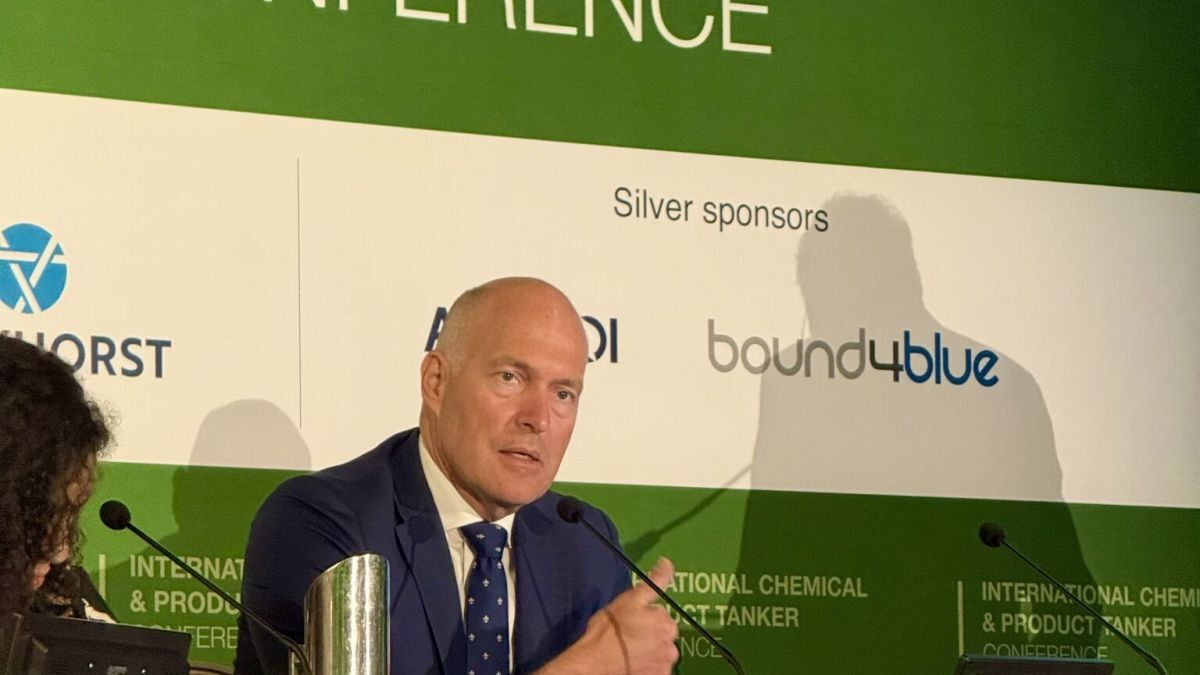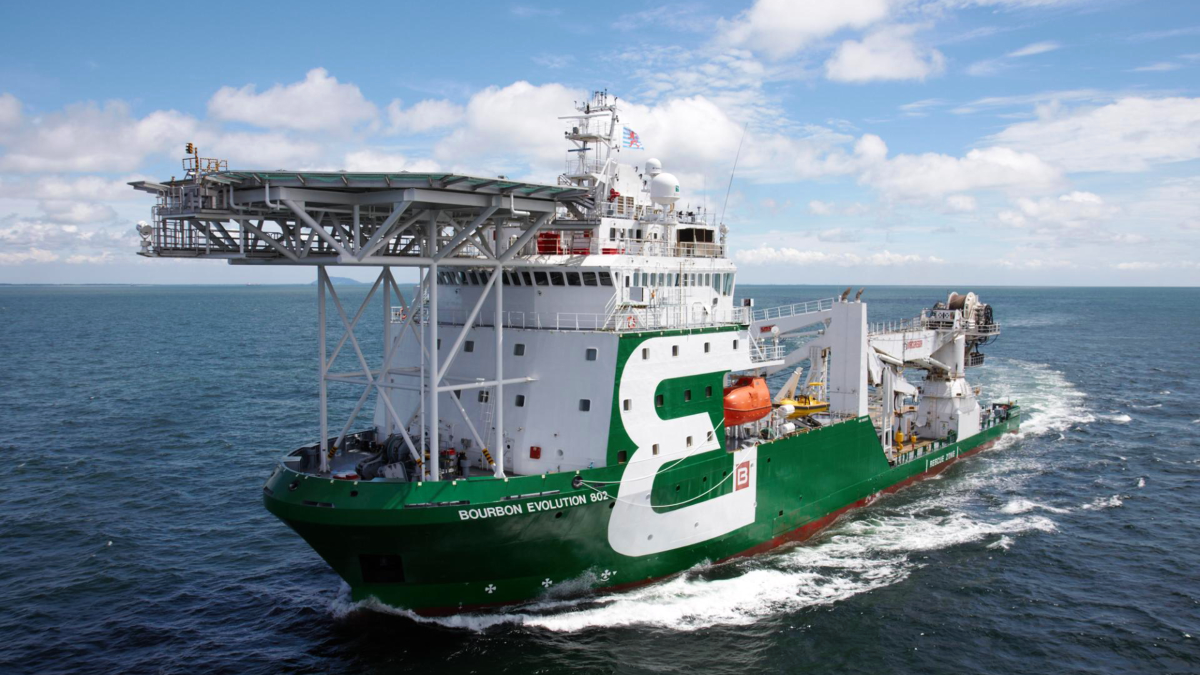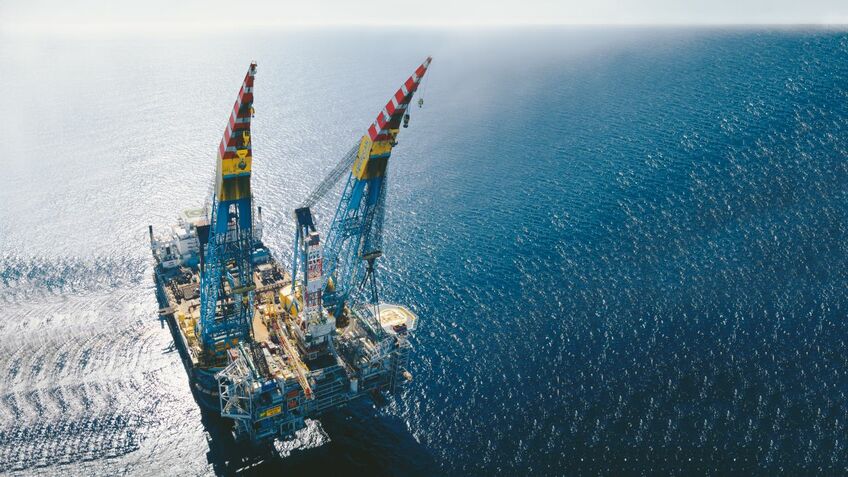Business Sectors
Events
Contents
Investing in R&D positions Guidance for future growth
Late 2013 saw a number of organisational changes at Guidance Navigation Ltd, of which Guidance Marine is a part. To enable the company to focus more fully on its markets, ensure that customer requirements are at the heart of product development and accommodate what the company described as “rapid growth”, it extended the Guidance brand to three dedicated divisions: Guidance Marine will be responsible for marine sensors; Guidance Industrial for autonomous vehicle navigation; and Guidance Innovation for research and development in collaboration with leading universities and research institutes. “The divisions will enjoy a high level of operational autonomy in order to deliver robust and reliable solutions in a responsive manner to their customers and target markets,” Andrew Stead, head of sales at the company, told OSJ. “The divisions will also provide the necessary space for the entrepreneurial spirit and responsive attitude that has been at the core of Guidance to continue to flourish as we grow, delivering products and service that exceed our customers’ expectations.”
To support the new structure, important changes to the leadership team at the company have been introduced. At Guidance Group, Jan Grothusen has taken on the position of chief executive officer, looking after strategic development – supported by Malcolm Roberts as business development director – and the operational management of the Guidance Innovation division. At Guidance Marine, James Wheeler has assumed the position of managing director, with full accountability for this business division, supported by Russ Miles as technical director, whose primary focus will be on quality, product performance and the new product roadmap for the marine market.
Guidance Marine’s laser and radar position reference systems, CyScan, RadaScan and Mini RadaScan, are integrated into the dynamic positioning (DP) systems supplied by most of the leading manufacturers and are used on a daily basis by many offshore support vessels on DP1, DP2 and DP3 class vessels. The products accurately measure the relative position of the target in relation to the sensor to enable a vessel to hold position and operate safely in close proximity to an installation, immune from GPS errors caused by shadowing or reflections. CyScan is a local position reference sensor which measures the range and bearing of reflective targets, allowing a DP system to maintain the vessel’s position and heading relative to the target structure or another vessel. RadaScan is an advanced position reference sensor for long range use and is a rotating scanner mounted on a DP-equipped vessel. It emits a microwave beam and accurately measures the range and bearing of one or more intelligent microwave targets called responders, allowing for the calculation of vessel position and heading. Since RadaScan was introduced by the company in 2007, Guidance has continued to build on its success through the development and production of innovative products, such as the Mini RadaScan which is a smaller and lighter version of RadaScan. “Guidance Marine has continued to ensure that offshore platforms are equipped with the latest generation of microwave targets, both in the North Sea and further afield,” said Mr Stead.
Adrian Wild, export sales manager, and Declan O’Dea, international sales manager at the company, explained that, over the past few years there has been a significant uptake in the use of these microwave-based local position reference sensors, which have a number of advantages compared to laser-based systems. For instance, RadaScan uses targets that immediately identify themselves to the sensor on the vessel, removing the need to search among possible candidate reflections to eventually decide on what is the valid reflection. In addition, microwave systems will work in all weathers whereas laser systems can be affected by fog and heavy rain. “It is interesting that the recent specifications from Petrobras for new PSV contracts now stipulate the use of microwave local reference sensors,” said Mr O’Dea. “We are also seeing the welcome trend of oil companies installing the targets for RadaScan and Mini RadaScan permanently on the asset rather than having them handed up from the vessel to be temporarily fitted on the platform. This leads to much more reliable and consistent operation and allows the vessel to go on DP immediately without having to approach the platform [without the local position referencing system being enabled] in order to transfer the target to the platform for installation.” This initiative is being rolled out by several oil companies in the North Sea and is also being considered by Petrobras in Brazil.
In common with other manufacturers of position measuring equipment (PME), Guidance is constantly on the lookout for the next development in dynamic positioning and spends in excess of £2 million a year improving its range and developing the new technology. One area attracting the company’s attention is the need for additional information by the vessel master when the vessel is attached to the platform, either pumping fluids or connected by a gangway. With this in mind, a new microwave antenna has been developed by Guidance, the first example of which will be launched in the northern hemisphere autumn. “This target-less technology, with applications both in DP and general close vessel surveillance, offers a high degree of resolution, enabling vessels to identify objects at close quarters in all conditions,” Mr Stead explained. “The Guidance range finder will be the first iteration of this technology and will enable vessel masters to measure the range to the nearest hazard and position themselves more precisely under the crane on a rig.
It will provide an invaluable additional ‘pair of eyes’ when carrying out tethered operations and, with the wide beam antenna, can be used as a hazard warning, protecting the bridge from impact damage.” Also new from Guidance is a new ‘dashboard’ for CyScan. “This new user interface has been logically structured and carefully designed to provide a clear intuitive interface that makes for easy user control and maximises the benefits of touch screen technology,” Mr Stead told OSJ. “The innovative user interface enables DP operators to use CyScan safely and effectively whilst providing optimum positioning performance.” The dashboard was due to be available to customers in March. OSJ
Related to this Story
Women in Maritime Today: Elin Saltkjel says no day working in maritime is dull
Events
Maritime Environmental Protection Webinar Week
Cyber & Vessel Security Webinar Week
The illusion of safety: what we're getting wrong about crews, tech, and fatigue
Responsible Ship Recycling Forum 2025
© 2024 Riviera Maritime Media Ltd.













